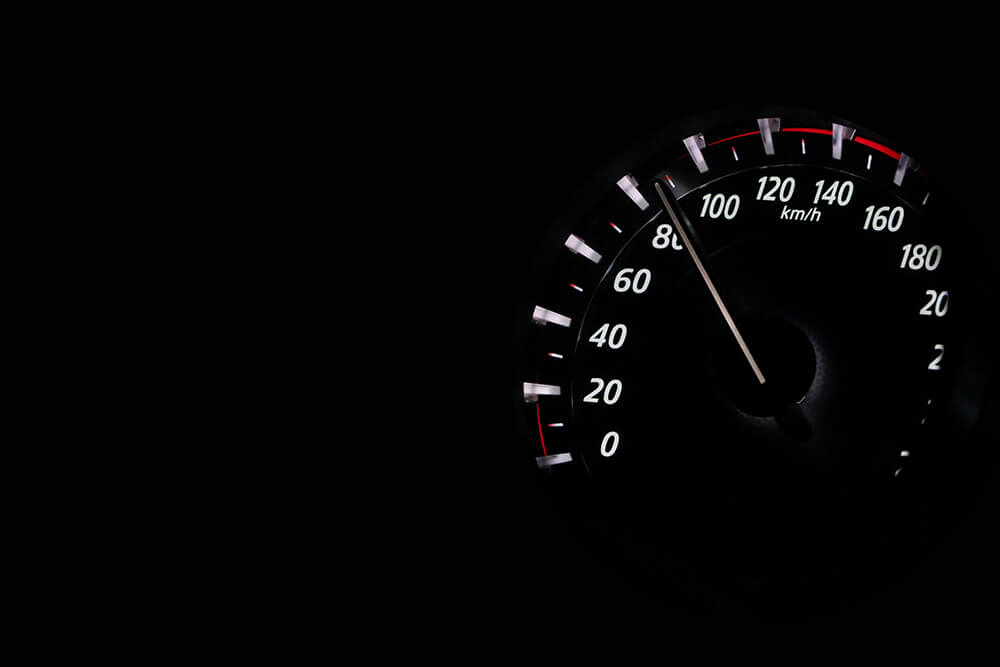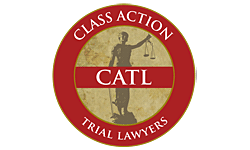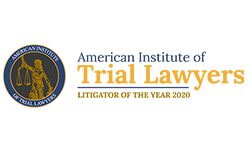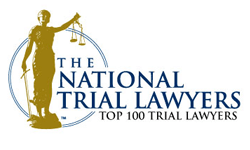What Evidence Can Your Lawyer Use to Show a Driver Was Speeding?
Speeding is one of the most common, and one of the most dangerous, behind-the-wheel behaviors. Driving too fast not only causes vehicular crashes, it also significantly increases the risk of fatalities in an accident. If you have been involved in a wreck with a speeding driver, you know the dangers of this risky and illegal action.
When you are injured by a speeding driver, it is not enough to simply state that the other driver was speeding, even if it seems patently apparent. Providing sufficient evidence is essential in all legal situations, and being able to prove speeding is especially central to your case if the other driver denies going over the speed limit.
To ensure you have the evidence necessary to prove your claim, you need the support and expertise of a law firm extensively familiar with car accident law. A skilled legal advocate will know how to find the evidence to effectively support your claim. Let’s take a look at some of the evidence that can be used to prove that the other driver was speeding at the time of the accident.
Ways to Prove Speeding in an Accident
It is unfortunately common for at-fault drivers to claim they were traveling at safe speeds in an attempt to avoid responsibility for the accident. Key pieces of evidence can prove there was speeding involved and that it was a cause of the collision. This important data can be obtained from various sources. Some ways to establish speeding include:
- Physical Damage. The accident site itself can provide evidence helping to prove that a driver was speeding. The presence of skid marks, along with their length and depth, can be analyzed by experts to determine the speed of the vehicle. Other physical elements such as road debris, damage to the roadway and surrounding areas, building damage, and stones and pebbles flung by the vehicles can be analyzed to calculate a vehicle’s speed.
- Photographs of the Crash Scene. Taking pictures of an accident site as soon as possible after the incident is one of the most important things you can do directly following the crash. This should be done before vehicles are moved, and before debris and other objects can be moved by traffic, wind, rain, or people on the scene. Photographs can also help show weather and road conditions, potentially proving that a driver was travelling too fast to be safe under the given circumstances.
- Police Reports. Police officers who respond to the scene of the accident make reports which contain critical evidence. Police reports usually include details such as the names and contact information of those involved, how the accident occurred, and specific descriptions of the scene. An officer may have even issued a speeding ticket to the driver, which can prove the vehicle was traveling over the speed limit.
- Vehicular Damage and Auto Mechanic Reports. The damage done to cars involved in the accident can give clues to the cause. Vehicle collision ratings defined by manufacturers denote the level of damage done at varying speeds. A trained auto mechanic can assess the damage and make determinations regarding particulars such as speed at the time of collision.
- Nearby Traffic or Surveillance Cameras. In some cases, camera footage of the accident may be obtainable. If the incident occurred at or near an intersection, it is likely that a traffic camera was able to catch the incident on film. In neighborhoods or areas near businesses, schools, or public buildings, a surveillance camera of some kind may have been able to record the wreck.
- Dash Cameras. Some drivers have dashboard cameras (dash cams) which can record the crash and display the speed of the vehicle at the time of the crash. It is more likely that the driver has a dash cam if the vehicle is used for commercial purposes. You may need to request that the at-fault driver’s dash cam be used as evidence. While a dash cam can be helpful to your case, you should consider all the laws of your state before choosing to install a dash cam in your personal car. Windshield-mounted dash cams which can obstruct the vision of the driver are illegal in some states.
- Eyewitness Reports. Individuals present at the time of the collision can provide valuable evidence, but the witness must be credible and able to give information which is feasibly gathered by merely observing a crash. An average bystander who is not a physicist or accident reconstructionist is unlikely to be capable of discerning with the naked eye the speed of a passing car. The witness might, however, be able to notice significant instances of speeding and identify unsafe driving for the conditions.
- Expert Witnesses. An expert witness is a specialist with technical knowledge in a field related to your case. A professional authority figure such as a traffic forensic expert or a traffic accident reconstruction expert can provide scientific evidence to prove speeding was a factor in the accident. Your lawyer can help identify individuals whose testimony could benefit your case.
- EDRs. Almost all modern vehicles have some form of event data recorder (EDR), a device installed in a vehicle to record technical information shortly before, during, and after a crash. Speed before and at the time of the collision will generally be included in the data recorded by the EDR. A driver who knows they are at fault may not be eager to hand over this evidence voluntarily, and you may need to request that the driver’s EDR data be made available as evidence.
- GPS Data. Using GPS data as evidence to prove speeding can be slightly more difficult, as GPS devices do not generally provide information about the speed of the vehicle. However, there have been cases in which drivers have attempted to use information obtained from a GPS to establish speeding or the absence of speeding. For example, if GPS data can show that a driver could not have travelled a certain distance in a certain amount of time without speeding, it may be valid evidence.
Golden Law Office Is Here to Help You
Finding sufficient evidence that a driver was speeding is not always easy, but it is something we have a great deal of experience in doing. We are committed to working hard to give your case the just resolution it deserves, even if that means extra time and effort on our part. At Golden Law Office, we understand that the financial and health repercussions of vehicular crashes have a significant impact on the lives of our clients. We are attentive to every detail of your case, giving you the best chance of receiving full and fair compensation for your losses. Contact us today to start a discussion about how a Kentucky car accident lawyer can work for you.
Golden Law is a local, Kentucky Law Firm, attorneys/lawyers in Fayette County, Kentucky, working in the fields of personal injury, auto accidents, car and truck wrecks; medical malpractice: doctors, hospitals & nursing homes; senior living abuse: neglect, physical abuse, emotional abuse, dehydration, bedsores, catastrophic injuries, and broken bones. If you are considering a lawsuit, call us at 859.469.5000 for a free consultation. We are located at 771 Corporate Dr. Suite 800/ Lexington, Kentucky 40503. We handle cases all over the Commonwealth of Kentucky. We have represented and trained people in major insurance companies & major trucking companies. We have first hand experience and know the ‘inside of the insurance business’ … that’s a distinction that no other law firm can make. We’re Your Advocate. Dale Golden, Laraclay Parker.












